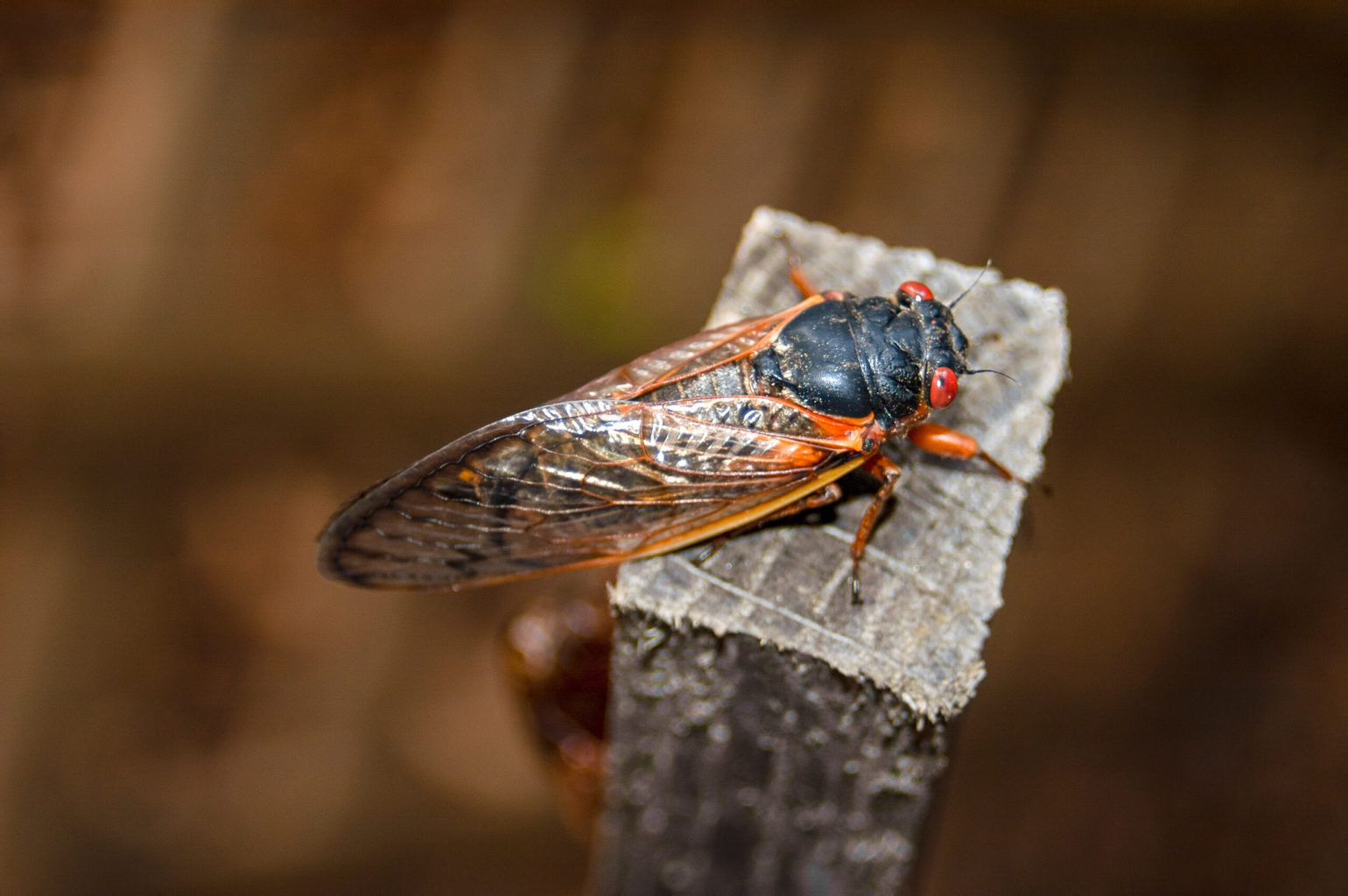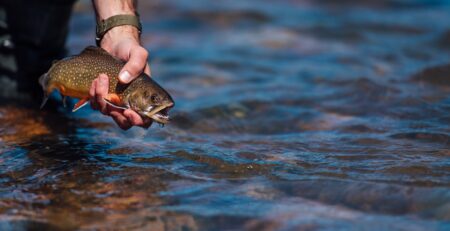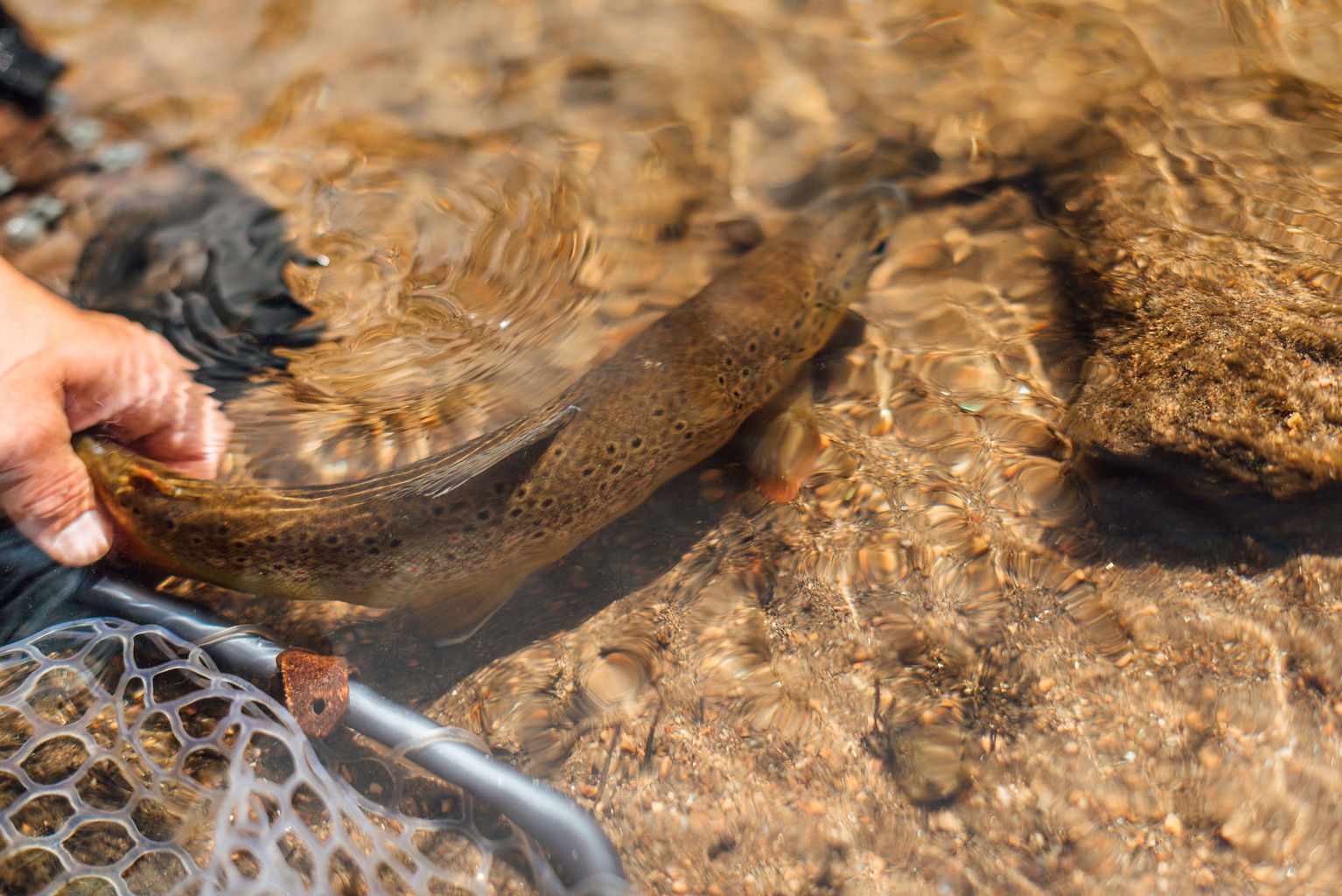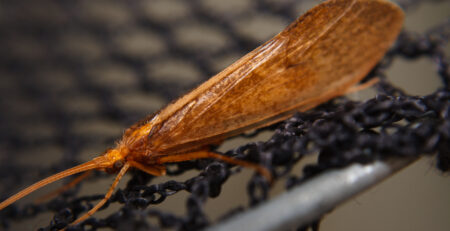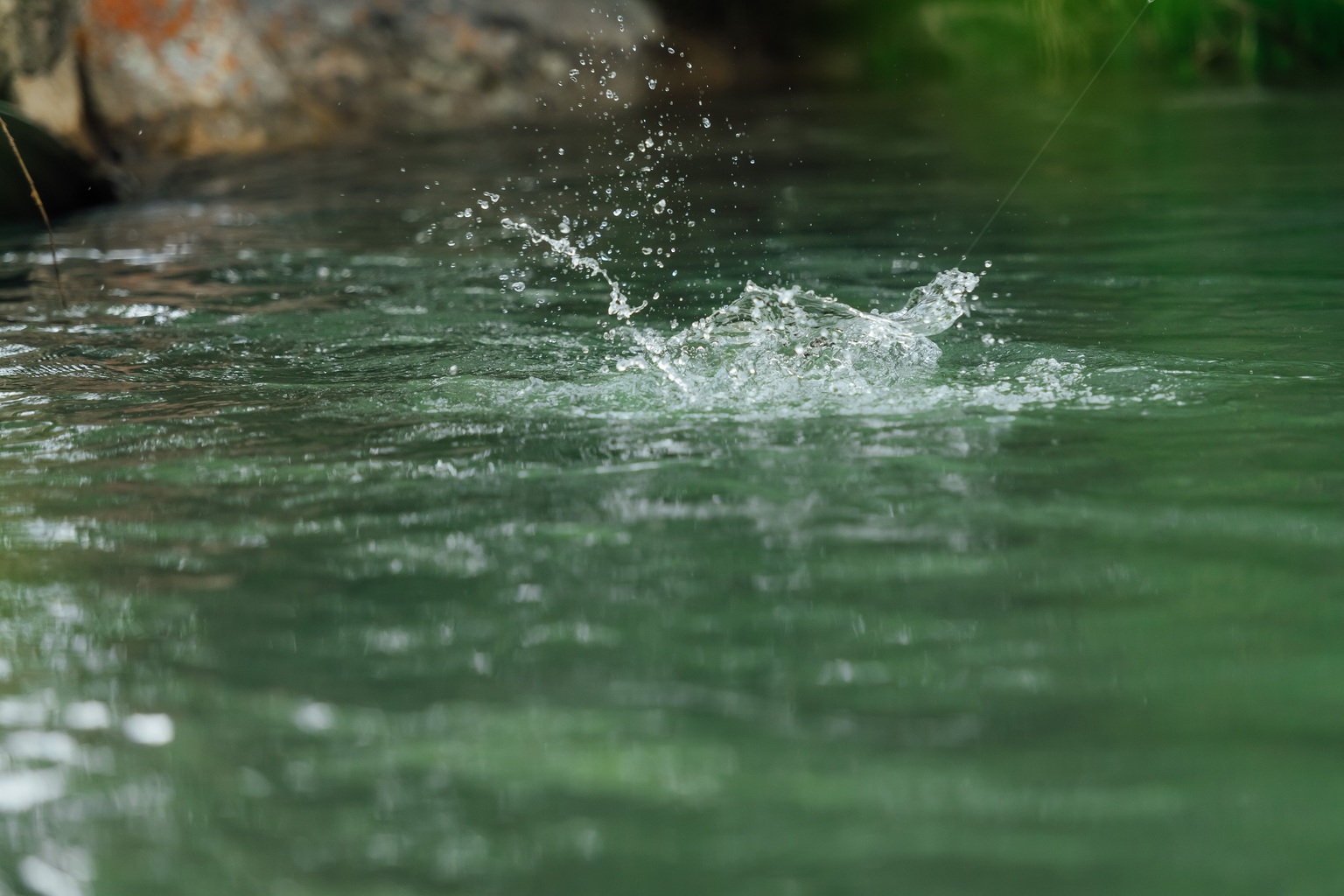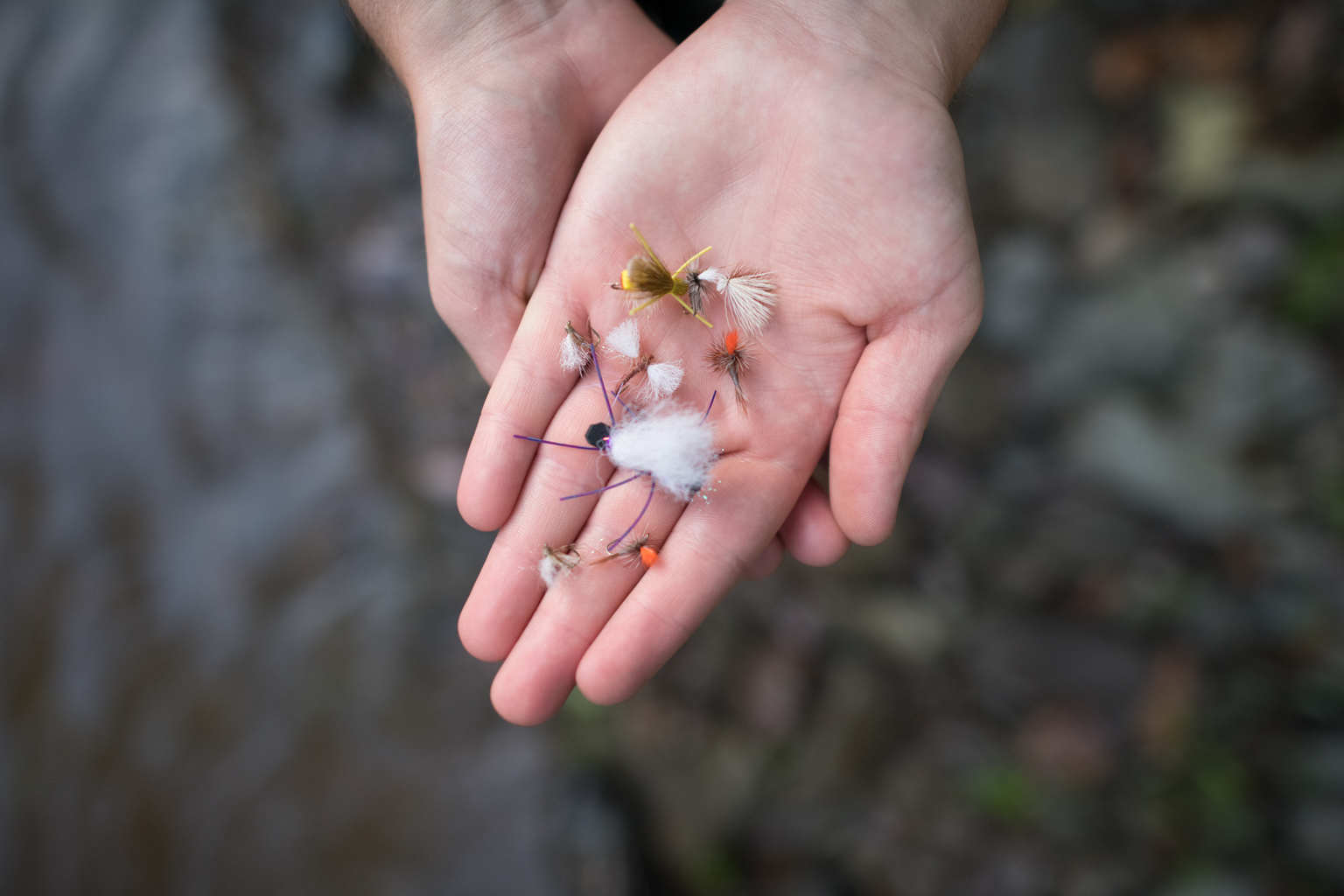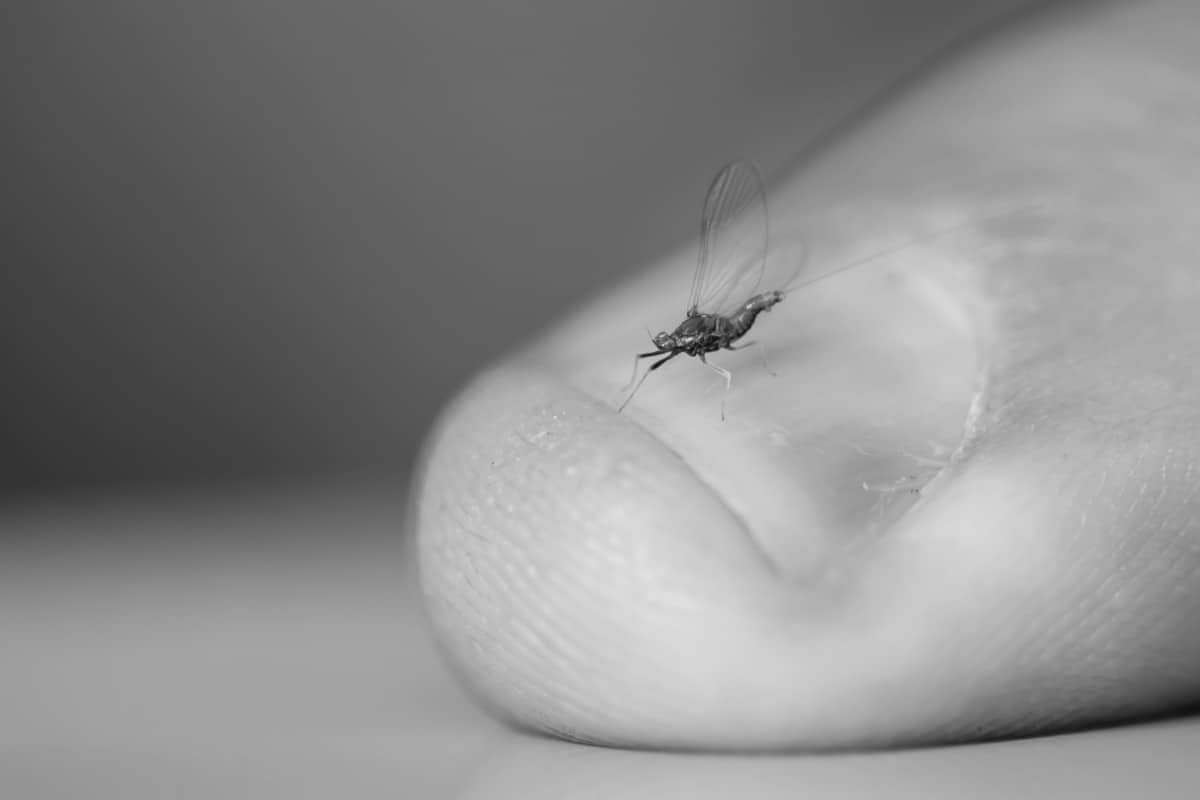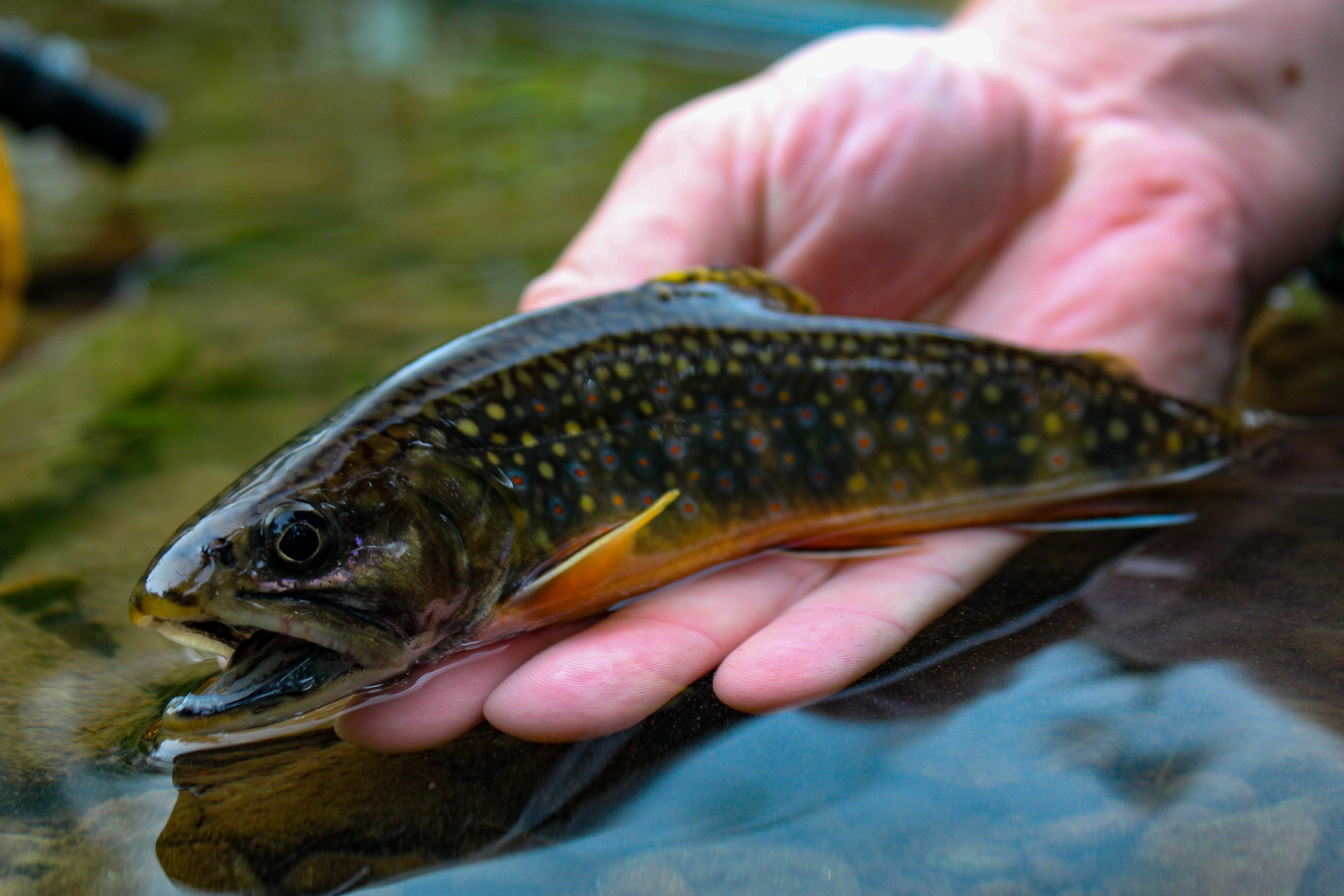How To Fly Fish Cicada Hatches
A good bug hatch is always a welcomed occurrence for fly-fishers. Very few hatches, however, are backed by the anticipation surrounding what thousands of eager anglers will experience this summer. Starting in mid-May, and lasting through to the end of June, the Brood XIII and Brood XIX will emerge.
This co-emergence hasn’t occurred in 221 years and won’t happen again until 2245. The broods will emerge in Alabama, Arkansas, Georgia, Illinois, Indiana, Iowa, Kentucky, Louisiana, Michigan, Mississippi, Missouri, North Carolina, Oklahoma, South Carolina, Tennessee, Wisconsin, and Virginia.
Cicadas were born underground with a 17-year and 13-year life cycle. They’ve spent all this time beneath the earth feeding, tunneling, and preparing for the final stage of their lives. Once they surface, Brood XIII and Brood XIX will spend roughly four to six weeks above ground droning their mating songs before dying and falling back to the earth, or better yet, the water.
When cicadas hatch, the fish are ready. Trout, carp, striped bass, catfish, smallmouth and largemouth bass will all actively target cicadas, which provides some very exciting opportunities for fishing on the surface. The best part of cicada fishing is its simplicity. If you find the bugs, you’ll find the fish. Here are five tips for fly fishing a cicada hatch.

Fish Along the Trees
While above ground, cicadas will cling to trees to feed, call, and mate. As they die they fall from the branches and expire on the terrain beneath. Trees that overhang streams, rivers, and still waters will discard the dying cicadas on the waters below, resulting in a fish feeding frenzy. Avoid open water and treeless banks.
Beef Up Your Tippet
You want a heavier leader or tippet than you would throw for other dry fly and surface presentations. Cicada patterns are large and wind-resistant, and you’ll be targeting larger fish that are feeding aggressively. The presentation will have little relevance, fish are often fighting over these bugs, so use 3x tippet or heavier if needed. If you’re still having trouble casting these bulkier flies, try shortening your leader from a 12-foot or 9-foot down about 3 feet.
Give it a Twitch
Cicadas will often end up in the water before they’ve fully expired. Their fading twitches and buzzes can really liven up a quiet pool. If you find yourself in a section where cicadas are present but not plentiful, and the fish don’t seem to be feeding, twitch the fly and give it some action to inspire a strike.
Fish Above and Below
The topwater action can be great when fishing a cicada pattern, but you may be able to entice even the largest fish to feed below the surface. Submerge a floating pattern with some split shot on the leader and target areas with moving water to attract large warm water fish.
Make a Splat
Cicadas are chubby bugs and are often one inch or bigger in size, so don’t be afraid of making a sizable splat when presenting the fly. Fish aren’t looking for a delicate presentation as they target these insects. So relax, let it fly, and have some fun tossing these bugs.
If you don’t have any cicada replicas in your box, don’t fret. Large, dark colored terrestrial patterns like a hopper or large stonefly will suffice. If you’re on the water in the next few weeks and see or hear cicadas around, grab your biggest bug and try your luck.
-
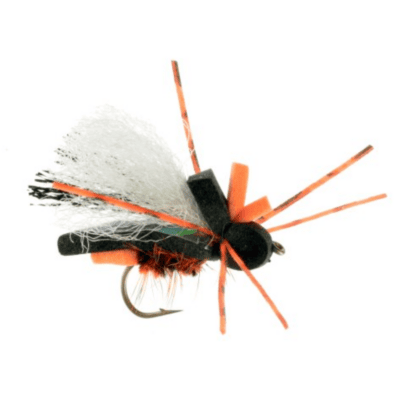 Super Cicada$1.90
Super Cicada$1.90 -
Product on sale
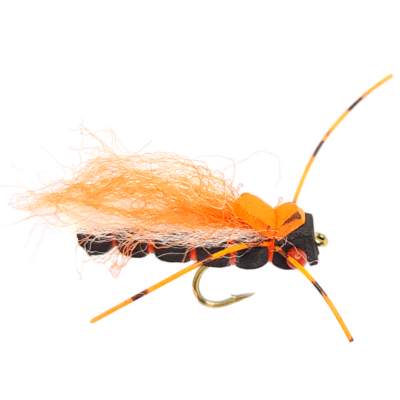 Brood CicadaOriginal price was: $2.95.$1.90Current price is: $1.90.
Brood CicadaOriginal price was: $2.95.$1.90Current price is: $1.90.

